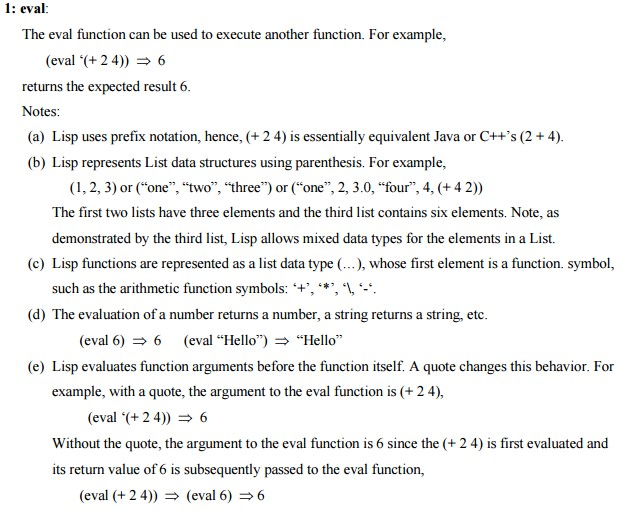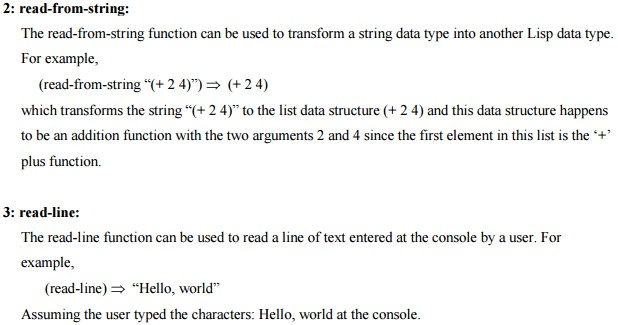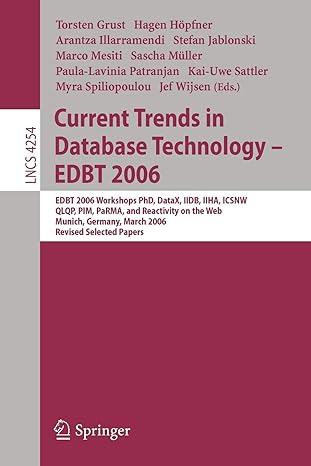Answered step by step
Verified Expert Solution
Question
1 Approved Answer
Programming languages... Consider the three Lisp functions: Now... 1: eval: The eval function can be used to execute another function. For example, (eval (+ 2
Programming languages...
Consider the three Lisp functions:



Now...

Step by Step Solution
There are 3 Steps involved in it
Step: 1

Get Instant Access to Expert-Tailored Solutions
See step-by-step solutions with expert insights and AI powered tools for academic success
Step: 2

Step: 3

Ace Your Homework with AI
Get the answers you need in no time with our AI-driven, step-by-step assistance
Get Started


